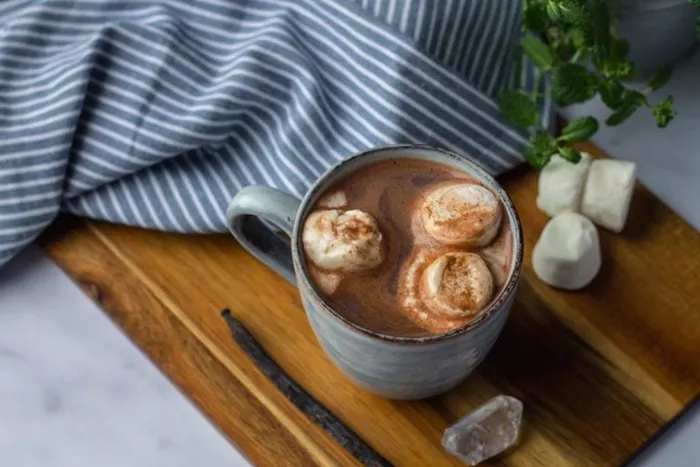In the realm of culinary history, desserts have always held a special place. From decadent cakes to refreshing sorbets, desserts serve as the sweet conclusion to a meal, tantalizing taste buds and satisfying cravings. But amidst the vast array of confections that grace our tables today, one question persists: what is the oldest dessert in the world?
To embark on this culinary journey, we must delve deep into the annals of history, traversing continents and civilizations to uncover the ancient origins of dessert. From the fertile banks of the Nile to the bustling streets of Mesopotamia, our quest for the oldest dessert takes us on a captivating expedition through time.
The Cradle of Civilization: Mesopotamian Delights
Our journey begins in the cradle of civilization, Mesopotamia, where the ancient Sumerians and Babylonians cultivated a rich culinary tradition. Among the artifacts unearthed from this ancient land are clay tablets inscribed with cuneiform script, revealing tantalizing glimpses into the Mesopotamian diet.
One such delicacy believed to be among the earliest desserts in the world is quzāt, a sweet concoction made from dried fruits, nuts, and honey. Dating back over 4,000 years, quzāt was enjoyed by the elite of Mesopotamian society as a luxurious treat, symbolizing wealth and abundance.
The recipe for quzāt was simple yet indulgent, reflecting the agricultural abundance of the region. Dried dates, figs, and apricots were chopped and mixed with roasted nuts such as almonds and pistachios. The mixture was then sweetened with honey, creating a sticky and decadent dessert that delighted the senses.
The Sweet Secrets of Ancient Egypt
As we journey down the Nile, we arrive in ancient Egypt, where the Pharaohs reigned supreme and culinary innovation thrived. In the land of pyramids and sphinxes, dessert held a sacred significance, with offerings of sweets made to appease the gods and honor the departed.
One of the oldest desserts to emerge from ancient Egypt is senenu, a sweet cake made from honey, dates, and spices. Depicted in hieroglyphic inscriptions and tomb paintings, senenu was enjoyed by both the living and the dead, serving as a delectable treat for special occasions and religious ceremonies.
The ingredients for senenu were carefully sourced from the fertile banks of the Nile, with honey harvested from buzzing hives and dates plucked from verdant palm trees. These natural treasures were combined with aromatic spices such as cinnamon and cardamom, creating a fragrant and irresistible dessert fit for royalty.
Greek Ambrosia: The Food of the Gods
Continuing our odyssey through time, we arrive in ancient Greece, where the pursuit of culinary excellence reached new heights. In the land of philosophers and poets, dessert was elevated to an art form, with lavish feasts showcasing an array of sweet delicacies.
Among the ancient Greek desserts that have stood the test of time is glykys, a sumptuous honey cake infused with citrus and spices. Beloved by gods and mortals alike, glykys was often served at symposia, where philosophers and scholars gathered to debate and dine.
The recipe for glykys was a closely guarded secret, passed down through generations of Greek bakers and pastry chefs. Freshly squeezed citrus juice was mixed with fragrant honey, creating a luscious syrup that soaked into layers of tender cake. A sprinkling of spices such as cinnamon and nutmeg added depth and complexity to this divine dessert, earning it a place among the culinary classics of antiquity.
Roman Indulgence: Decadence and Delight
Our journey through the ancient world concludes in Rome, where the mighty empire spanned continents and cultures, leaving an indelible mark on the culinary landscape. In the bustling streets of the Eternal City, dessert was not merely a mealtime afterthought but a lavish affair, with an abundance of sweet treats to satisfy every palate.
Among the oldest desserts to emerge from ancient Rome is globuli, bite-sized fritters made from flour, eggs, and honey. Popularized during the reign of the Caesars, globuli were enjoyed as a decadent indulgence, often served at lavish banquets and feasts.
The preparation of globuli was a labor-intensive process, requiring skilled hands and meticulous attention to detail. Dough made from flour and eggs was formed into small balls and deep-fried until golden brown. The fritters were then drizzled with honey, creating a sticky and irresistible coating that delighted the senses.
Conclusion: A Sweet Legacy
As we reflect on our journey through time, one thing becomes abundantly clear: dessert has always held a special place in the hearts and minds of humanity. From the ancient civilizations of Mesopotamia and Egypt to the grandeur of Greece and Rome, sweet treats have been cherished and celebrated throughout history.
While the title of the oldest dessert in the world may remain elusive, one thing is certain: the legacy of these ancient confections lives on in the culinary traditions of today. Whether we’re indulging in a decadent slice of cake or savoring a scoop of gelato, we are heirs to a rich and vibrant heritage of sweetness and delight. And as we continue to explore the fascinating tapestry of culinary history, we can take comfort in the knowledge that the quest for the perfect dessert is a journey without end.

























